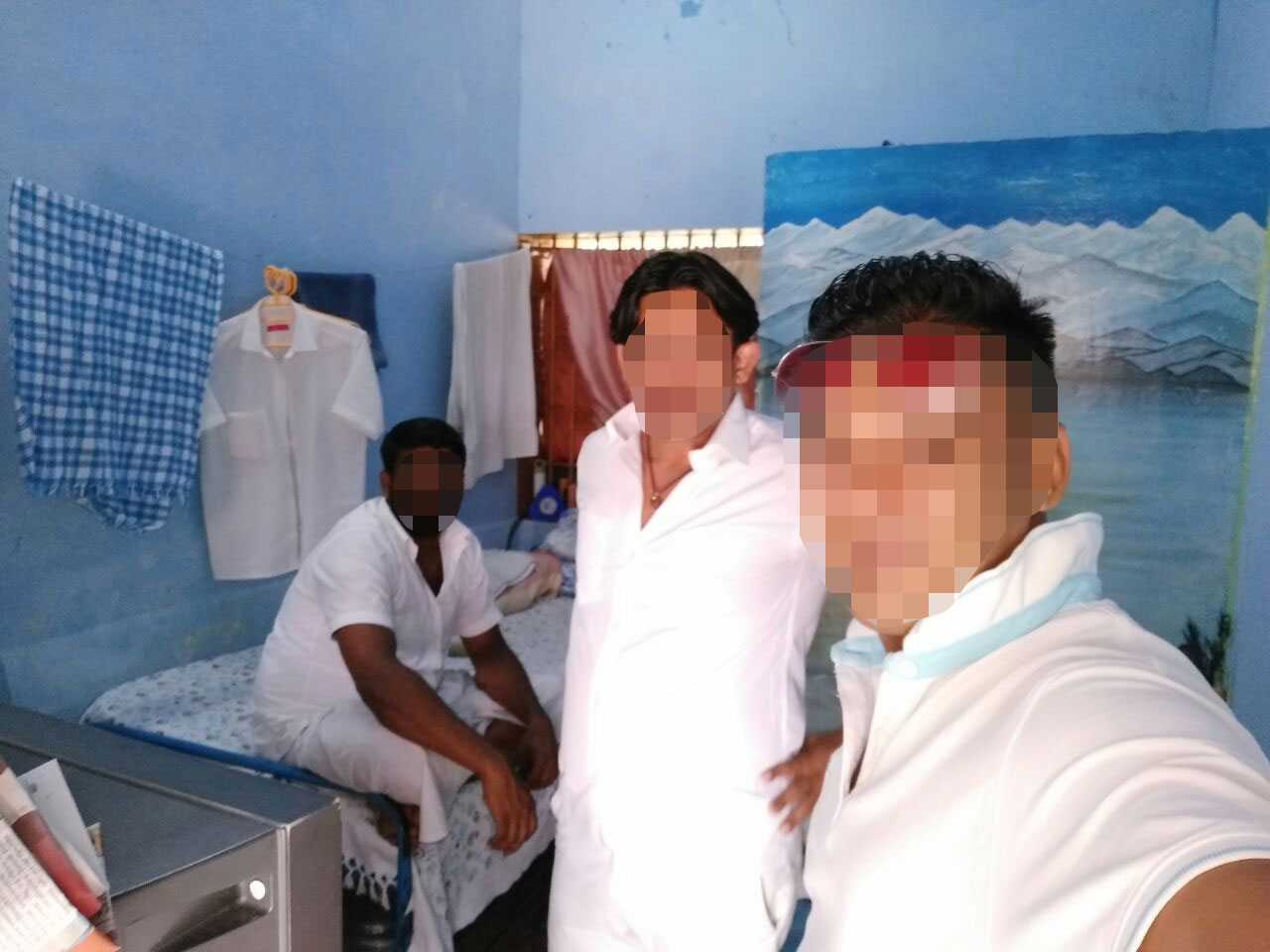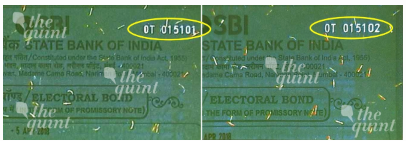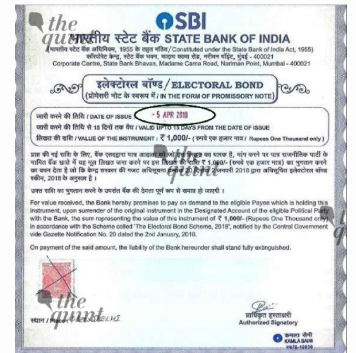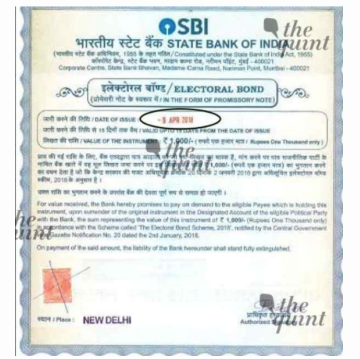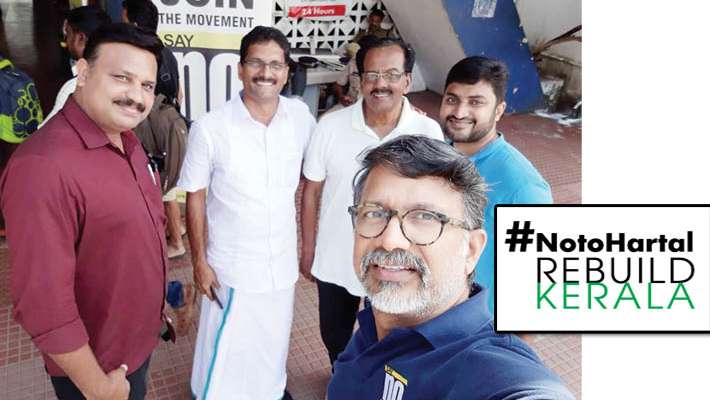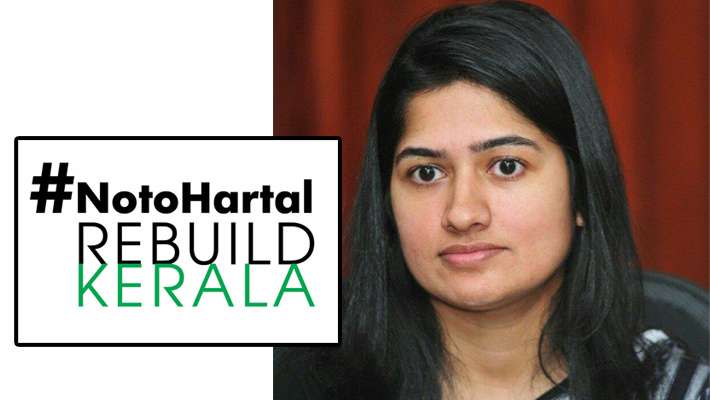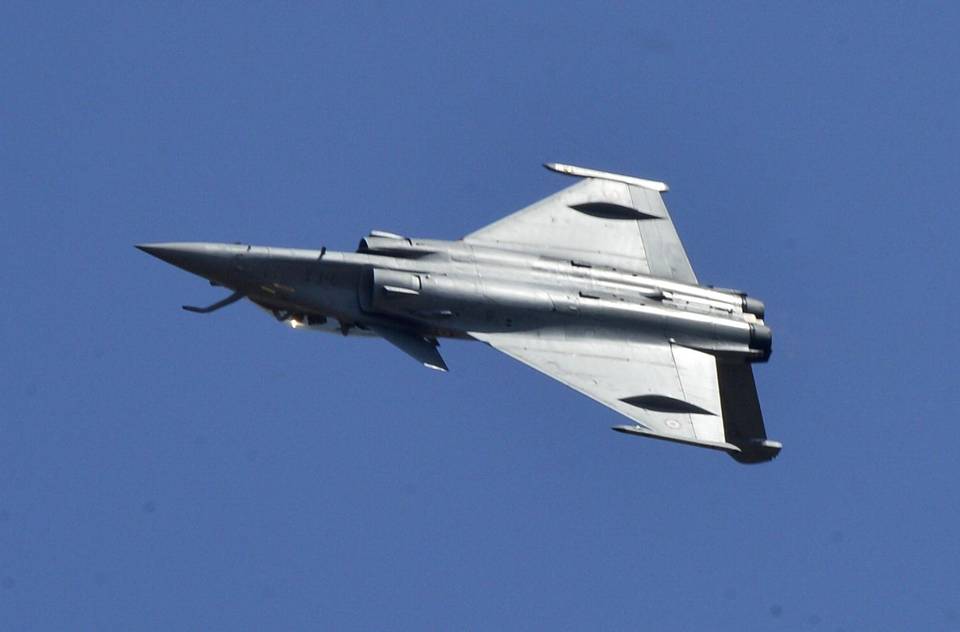On September 3, 2018, a warden at Tamil Nadu’s biggest central prison, Puzhal jail, was caught with ganja hidden in his innerwear when he reported for duty.
He was smuggling it to a Pakistani spy -a National Investigation Agency (NIA) suspect – lodged there, who paid for it at a premium price. The warden has now been placed under suspension.
Photographs from a seized mobile phone from a prisoner provided proof of the sheer luxury afforded to certain prisoners.
Investigations revealed that prisoners could purchase all sorts of comforts – food, clothes, cosmetics, phones – at a very high price.
Though there had been reports of rampant corruption inside prisons in the state, this is the first time that photographic evidence has been accessed by the media.
Sources said that certain inmates who were lodging in the high security block controlled the entire operations inside the jail.
These ‘influential’ inmates could get items ranging from mobile phones to sun-glasses, sports shoes and even tasty food.
Some procured rice and vegetables and not only cooked for themselves but sold the fare to other inmates who craved homemade food.
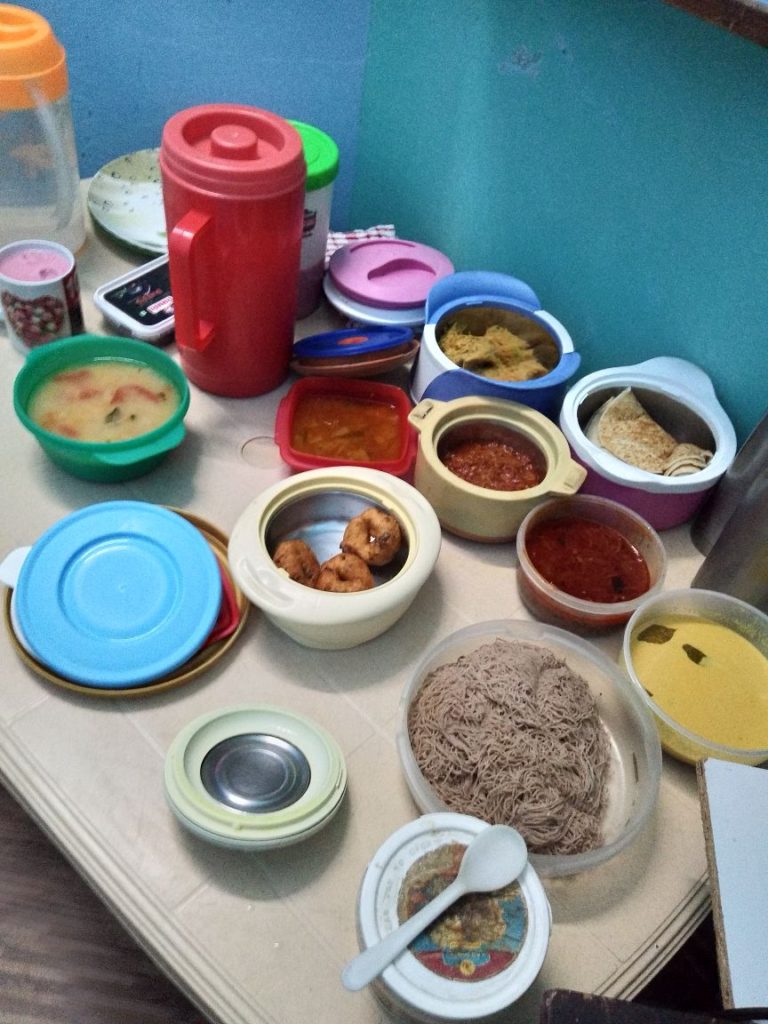
“The inmates who cooked inside the jail made a killing by selling it to the other inmates,” a source revealed.
Though jail officials claim that cellphone signal jammers are installed on the premises, sources noted that none are functional.
“Even if one or two work, those jammers are not designed to block 4G phone signals. Most inmates lodged there use the latest phones,” the source added.
“One prisoner used to allow others to make calls on his phone but charged a hefty fee – much like a PCO (public call office) booth,”
From the photographs, it is clear that several prisoners talk openly on mobile phones. “They casually pose for photographs and with phones in their hands,” the source said. When contacted, senior jail officials at Puzhal avoided answering queries on the subject.
A little over a year ago, a report by then DIG (Prisons) D Roopa kicked up a storm by revealing video footage of AIADMK (Amma) leader VK Sasikala inside the Parappana Agrahara Central Jail that showed she was provided special facilities, including an exclusive kitchen to prepare her meals, in violation of prison norms.
BEEDIS TO BRANDED GOODS, THE INSIDE STORY OF PUZHAL’S BARTER ECONOMY
Beedis to branded goods, the inside story of Puzhal’s barter economy
The common perception of jail life, largely fuelled by films, paints a picture of uniform-clad prisoners, leading an austere life of repentance with steel utensils.
However, the set of images from a Puzhal prisoner’s seized mobile phone sent shockwaves across society because it showed a very different side of prison life.
The images showed cheerful prisoners chatting on mobiles, enjoyed good food, and wearing branded clothes and sneakers that many tax-payers can ill-afford.
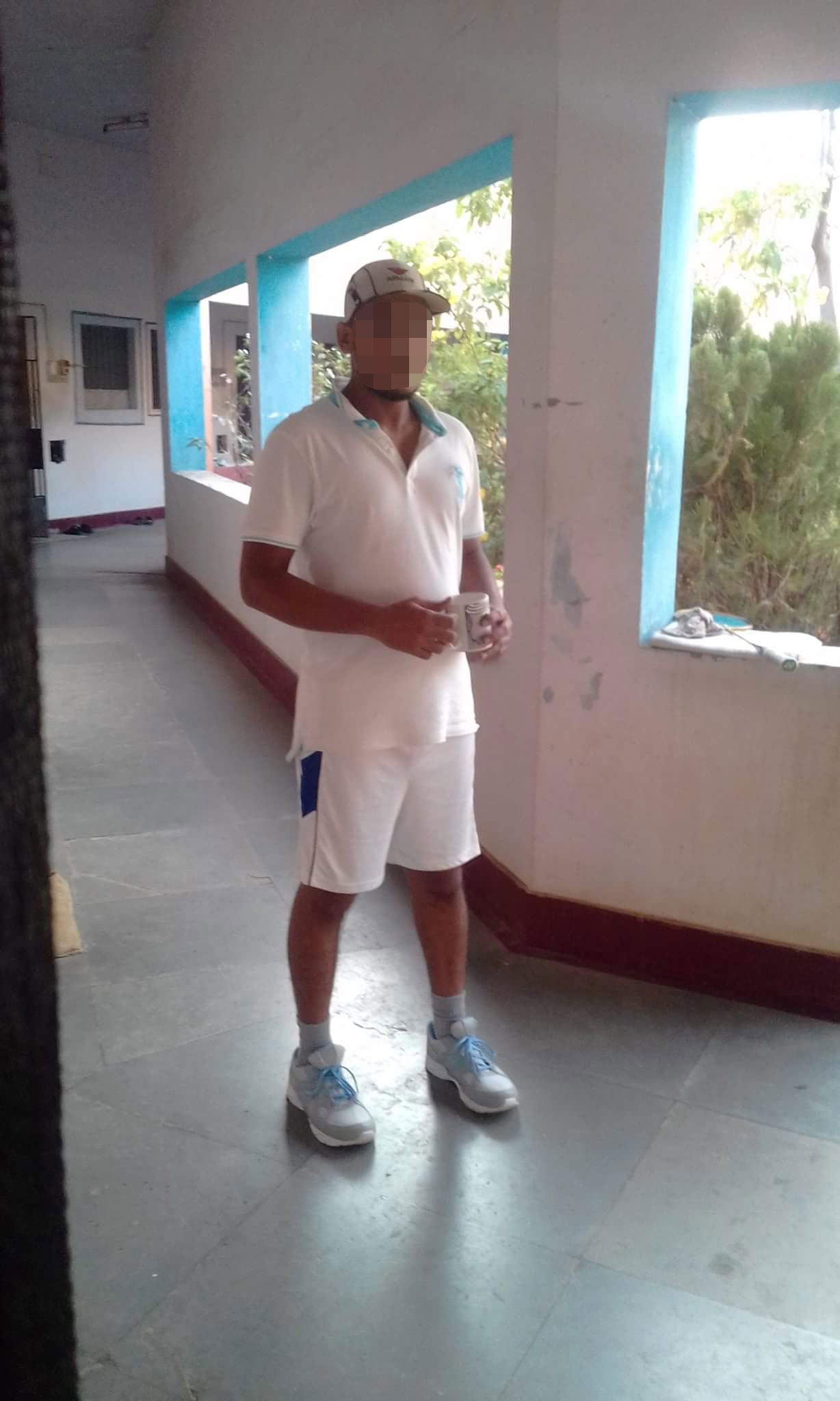
In one of the pictures made available to DT Next, a prisoner was seen feasting on a huge meal served in a casserole dish, a far cry from the steel plates that regular prisoners eat on.
“It looks like they are happily living in a resort. It is not clear how such activities are allowed inside the high security block inside the prison complex,” commented a senior government official.
An investigation by this newspaper into how these ‘A’ class prisoners got access to all these comforts revealed a thriving economy inside jails, one that survives on a combination of barter and bribes.
According to sources, the situation was different a couple of years back.
– Mobile phones
– SIM Cards
– Phone chargers
– Ganja
– Cigarettes
– Good home cooked food
– Pen drives with X rated movies
– DVD players
How goodies get inside jail
– Friends or relatives help smuggle ganja, SIM card or pen drives inside bread, or chargers are hidden in toiletries.
– Pay bribe to prison staff, who would make sure that it reaches the prisoner.
Prevailing ‘jail rates’
– A small packet of ganja priced at Rs 100 (US$1.40) in Chennai, would cost Rs 2000 inside jail
– Mobile phones could cost Rs15,000 to Rs35,000 premium
– Food can cost from Rs300 onwards for a meal
In simpler times, only favours were exchanged among the inmates, and beedis (thin cigarettes wrapped in leaves) were the currency of choice.
It used to be very difficult to ‘earn’ a beedi inside the jail and one needed to ration their smokes wisely to garner favours inside. But time and technology has changed everything.
“Beedis may be still a form of currency for regular prisoners, who don’t have connections to flaunt, or money to spend. However, there are some inmates who have influence, and those are the ones who make themselves quite comfortable inside the prison,” revealed a government source.
According to the official, the modus operandi is quite simple.
The prisoner befriends a jail staffer, or sometimes connects with a corrupt staffer. The prisoner strikes a deal with the staffer, and payment is made to a family member of the staffer through the prisoner’s outside contacts.
That way, the prison staffer does not come under scrutiny. “The prisoners almost always just wants a mobile phone. Once they get hold of that, they start controlling payment schedules through Whatsapp instructions,” the source said.
Through contacts, they can get food, phones, a TV, toiletries, and sometimes comfortable bedding.
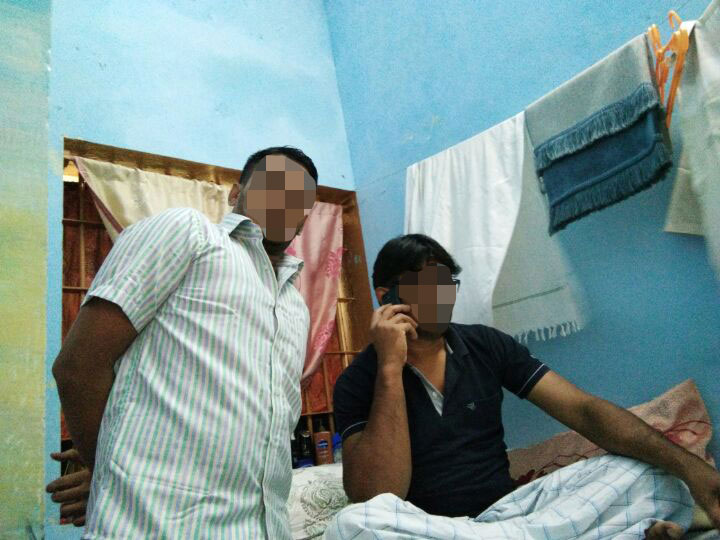
However, not all the goods are used for personal consumption. Some inmates run food and grocery businesses from inside the prison, while others merely barter their ‘gifts’ for favours or even protection.
Another business run by inmates is to rent out mobile phone chargers for those who have their own cell phones. One-time use of charging is priced at Rs 100 (US$1.40).
“One prisoner used to allow others to make calls on his phone but charged a hefty fee – much like a PCO (public call office) booth,” said the source.
A parallel economy inside Puzhal prisons may be new to outsiders. However, those who have experienced it first hand say that it is just another form of corruption.
‘POLICE’ FAKRUDDIN, THE MAN WHO RAN THE FOOD BUSINESS INSIDE PRISON
‘Police’ Fakruddin, a prisoner lodged in the high security block in Puzhal prison complex, was till recently running a private mess inside the prison, allegedly earning hundreds of thousands of rupees by selling food to other inmates at a very high premium, according to sources.

Details on his prison business emerged during a search, when jail officials seized at least 20 kg of biriyani rice, few kilograms of vegetables, at least 5 kg dal, some deodorants and two television sets from the cell of extremists Bilal Malik and Panna Ismail, two of Fakruddin’s associates.
“He was selling three meals a day for Rs. 1,000 to other prisoners. It used to be a good mix of vegetarian and non-vegetarian food and he had good patronage,” sources added.
With the help of three or four other inmates, cooking for 15 to 20 people was not a difficult task for him. And it was rather easy for him to get regular customers who were ready to pay the price he was asking for.
After remaining underground for many years, Fakruddin, a high profile criminal, was arrested in Chennai five years ago in connection with cases including planting a pipe bomb to eliminate BJP leader L K Advani during in Jan Chetana Yatra in the year 2011 near Madurai.
Since then, he had been running a ‘food business’ by procuring rice, vegetables and meat from the outside and cooking them up with the help of a select few inside the prison.
In the last few years, his stature within the prison walls grew, and because of his criminal background and money from the ‘food business’ no other inmates dared question his authority. He and his two associates used to get a daily supply of milk for their personal consumption.
While jail officials confirmed that Fakruddin and his associates Panna Ismail and Bilal Malik in the prison were cooking their own food, they played the food mess business.
“He was cooking own food. We have closed five stoves, which were used by them,” a jail official informed on Wednesday.
Fakruddin had recently been shifted from security block to Puzhal prison II.
DAMAGE CONTROL MODE
After the Puzhal prison inmates’ pictures were splashed on media sites, Tamil Nadu prison officials have been in damage control mode and are imposing more restrictions inside the jails across the state. “There will be more checks and inspection from now.
There will be restrictions on visitors and more importantly there will be regular shuffle in roster of prison warders and chief warders. Sensitive blocks will be handled only by staff with integrity,” noted A Murugesan DIG, prisons.
In one of the pictures made available to DT Next, a prisoner was seen feasting on a huge meal served in a casserole dish, a far cry from the steel plates that regular prisoners eat on.
Officials feel that because certain staff connived with few inmates, the image of the prison department has been completely ruined.
“We are now in the process of correcting correctional staff,” one official pointed out adding that transfer of 17 waders and head chief warders from Puzhal prisons was just a beginning.
Officials admit that the problem of mobile phones being smuggled inside is rampant, and several inmates use phone quite openly.
The images from the seized mobile showed several selfies being taken among ‘prison buddies’, which shocked many, including the senior prison officials.
However, the officials assure that this is a wake-up call, and they are fixing all the lapses.
This story by V P Raghu was originally published on DT Next on September 13, 2018.
The report went on to become one of the biggest newsbreaks in the state and was followed up by several national publications and TV channels. There had been a lot of talk of VIP prisoners who get special privileges by greasing prison officials’ palms but it was impossible to get proof. Determined to crack the case, the reporter relentlessly followed the story with sources inside and outside the jail. There was a massive impact on prison administration in Tamil Nadu after the article was published. Withing hours of its publication, the head of the prison department carried out an inspection at the Puzhal Central jail premises. The jail authorities seized a several contraband items including mobile phones, TVs, cooking vessels, a large quantity of biriyani rice, other ingredients stored illegally in prison by inmates with the connivance of jail staff, during a series of searches carried out after the story was published. The story also resulted in the transfer of over a dozen jail staff and at least four prisoners appeared in the pictures published by DT Next, were shifted to other jails.

